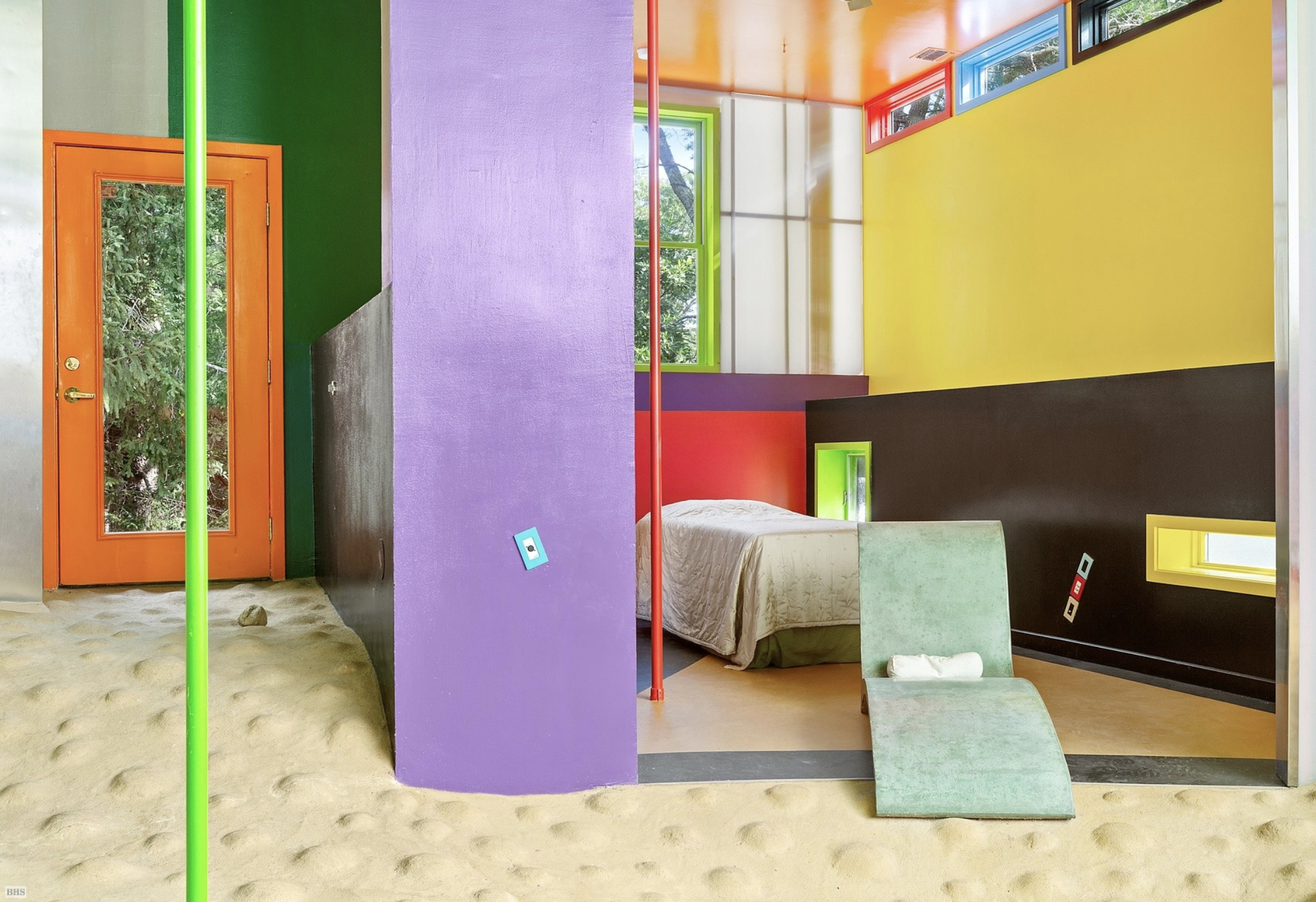on autonomous architecture
In many cases of autonomous architecture, intrigue in the project is derived from generating a controversial form - but why? Controversy attracts attention. There exists a school of thought that asserts if an idea is controversial, then it must be approaching an uneasy or hidden truth. This idea is not at all limited to architecture, and is often found in conspiracy theory circles - but I won’t go into that right now. As it relates to architecture, when an architect is given free reign to design without consideration of context or public’s interest, they are no longer beholden to social norms and expectations. As a result, the design cannot be ‘wrong’ because [insert abstract connection]. Much like modern art, it is not the artist’s[architect’s] job to interpret meaning in their own art[design], that is the challenge for you, the observer[user].
I cannot buy into this notion that the onus should fall upon the user to unearth rationale and devise a self-determinant understanding of the architect’s intentions. This is simply egoist onanism on the part of the autonomous architect. But as long as there are so many lauded labors of self-love, this controversy-driven design will perpetuate.
Originally, I wanted to use this post to shit on Eisenman or Libeskind for their various eyesores around the world, but I’ll just refute this one point: in class, a comment was made that the design of the Jewish Museum was successful in creating a melancholic atmosphere - but I would argue that the subject matter does a sufficient job of that on it’s own. The architecture is largely immaterial - Libeskind knows this, and his design serves to bring more attention to himself than the subject matter contained therein.
This is a real house.
Bioscleave House. East Hampton, New York.
y tho?




I agree that the principal of letting the user find their own meaning in the building is egotistical - perhaps even lazy. However, I also think that some of these building have helped advance thinking in architecture and innovation and that does have some merit. Even though some of them are hard to look at.
ReplyDeleteOne of the most drilled in points of our studies has been the connection and relationship to all contexts. It doesn't make sense to me that one could design a building where these connections can only be seen from an aerial of the city on a clear day, for example. If these connections and relationships to the context are not evident to those for whom the building was designed, can this really be considered a success?
ReplyDelete